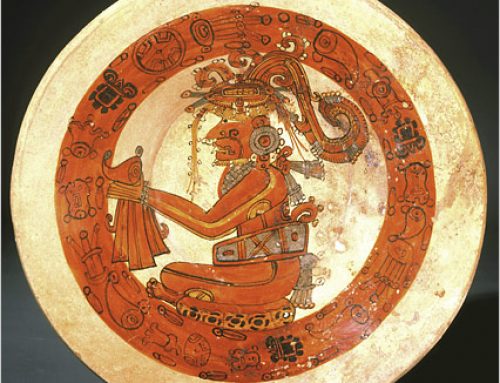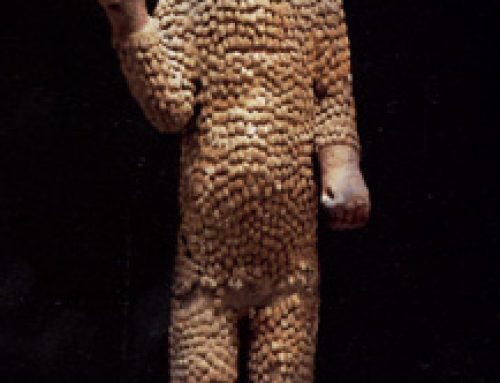
Two of the Muses
The nine Muses are all sisters, the daughters of Zeus and Mnemosyne, or Memory. Each one of the Muses represents a different human art, and, according to Greek myth, they inspire artists to be able to create new music, paintings, or plays. Even historians have their own muse, Clio, who helps them tell stories. We get the English word “music” from the Muses.
Like other Greek gods, the Muses punish hubris by taking away the creative powers of anybody who thinks he or she can play better than the Muses themselves.
This is a list of the nine Muses:
Calliope – Music
Clio – History
Erato – Love Poetry and Mime
Euterpe – Lyric Poetry
Melpomene – Tragedy
Polyhymnia – Religious Hymns
Terpsichore – Choirs and Dancing
Thalia – Comedy
Urania – Astronomy
Learn by doing: making a Greek lyre
More about the Greek gods
Bibliography and further reading about the Muses:
D’aulaire’s Book of Greek Myths, by Edgar and Ingri D’Aulaire.
Greek Religion, by Walter Burkert (reprinted 1987). By a leading expert. He has sections on each of the Greek gods, and discusses their deeper meanings, and their function in Greek society.
Music and the Muses: The Culture of Mousike in the Classical Athenian City, by Penelope Murray and Peter Wilson (2004).





